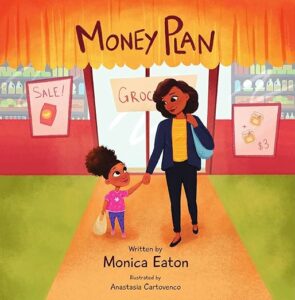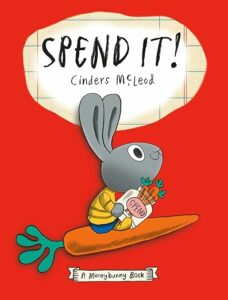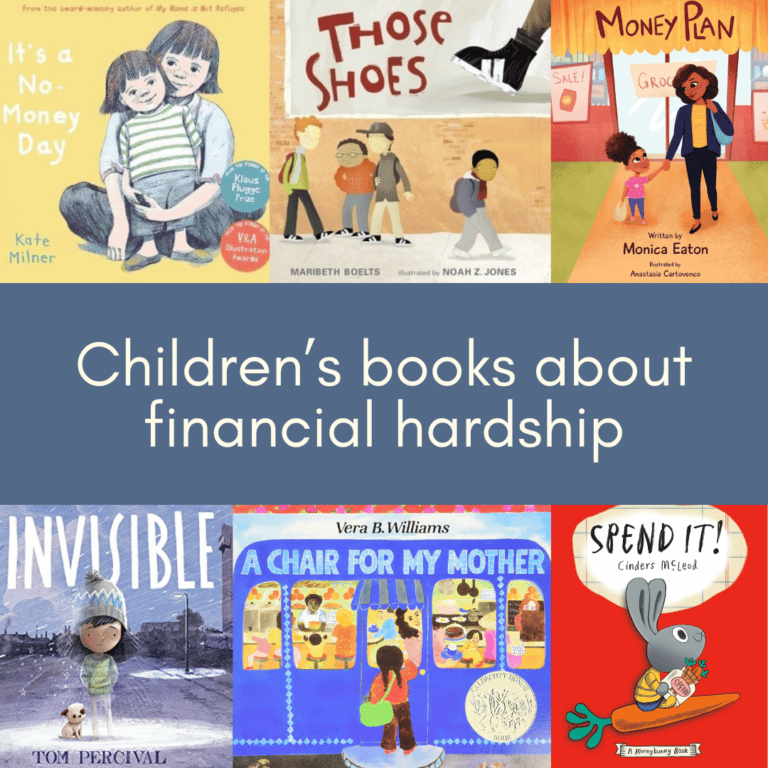Children’s books about financial hardship
With the current cost of living crisis, many parents are having difficult conversations with children about money. Explaining financial hardship to children isn’t easy as young children find it tricky to understand what money is and where it comes from (see Talking to children about money and the cost of living). Reading children’s books about financial hardship can be a useful way to introduce key concepts and harness the power of stories to connect with children’s world view.
Whether you are promoting awareness of what is going on in the world around them or trying to help a child understand the choices you are having to make as a family, these six children’s books about financial hardship are a brilliant way to engage children’s curiosity and compassion and start thoughtful conversations.
*This post contains affiliate links
It’s A No Money Day
This is a beautiful book for promoting empathy and compassion in young children. It’s A No Money Day (by Kate Milner) tells the story of a mum and daughter who run out of money and have to use a food bank.
Despite the difficult topic, it is never bleak. It’s a gentle and moving and powerful book that manages to find hope and kindness in adversity. (3-6yrs)
 The Invisible
The Invisible
The Invisible (by Tom Percival) explores the issue of homelessness through the eyes of a child. It’s a profoundly inclusive book which manages to be optimistic without minimising the impacts of financial hardship.
A simple story beautifully illustrated which will prompt a lot of thought. (4-8yrs)
 Those Shoes
Those Shoes
Those Shoes (by Maribeth Boelts) has been around for a while but it is still a great book for discussing the difference between wants and needs and explaining why it’s not always possible to afford to join in the latest expensive craze for shoes/trainers/clothes etc. Perfect for younger schoolchildren (5-8yrs).
 A Chair for My Mother
A Chair for My Mother
Another classic, A Chair for My Mother (by Vera B Williams) tells the story of a family in financial hardship who are slowly saving their coins to buy a comfortable chair for the mother to relax in after a long day at work on her feet. It combines messages about making financial choices with compassion for a family overcoming hardship in a lovely warm story. (4-8yrs)
 Money Plan
Money Plan
Not so much a story about financial hardship as financial reality, Money Plan (by Monica Eaton) tells a simple tale about a young girl having to accept that she can’t have everything she wants. It uses the framework of a shopping trip with Mom (this is a US book) to walk through some of the reluctant choices we all have to make when living on a budget. (4-8yrs)
 Spend It!
Spend It!
Spend It! (by Cinders McLoed) is part of the Moneybunny series that aims to introduce young children to simple financial concepts. Although it is not about financial hardship as such, it uses the idea of carrots to explain how money works – e.g. that we can’t buy something if we don’t have enough money and once money has been spent, it has gone! A good way to help little ones understand money so you can talk about the choices that need to be made. Other books in the series include Save It! and Give It! (3-5yrs)
These are my recommended children’s books about financial hardship – I’d love to hear your feedback and also ideas for other great books I haven’t mentioned. Do leave a comment below!
*This post contains affiliate links which means that if you click through from this post and buy a book, the Positive Parenting Project will receive a small commission. There is no additional charge to you. This helps us keep providing free content. For more info, see Disclosure Notice. If you are going to buy a book, it is always worth shopping around at different booksellers for deals and checking your local library first.


 The Invisible
The Invisible Those Shoes
Those Shoes A Chair for My Mother
A Chair for My Mother Money Plan
Money Plan Spend It!
Spend It!





Reading books is a fantastic way to improve a child’s imagination and creativity. It allows them to enter new worlds, meet new characters, and explore different ideas.
So true!